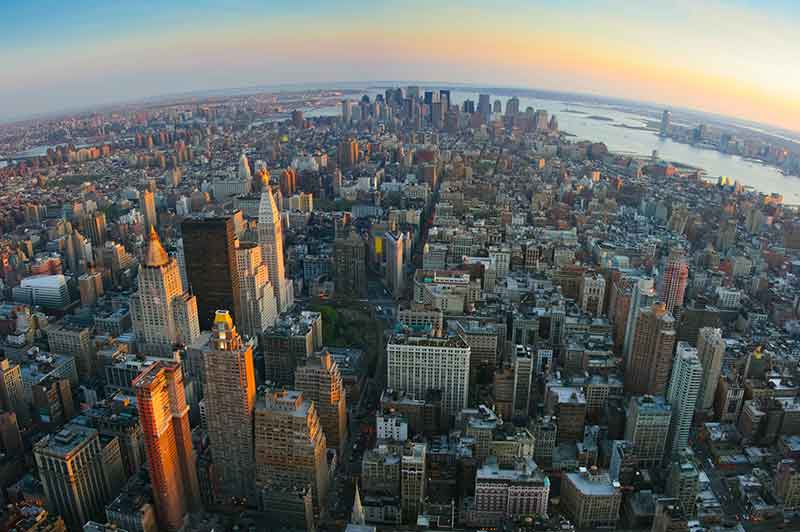Grade 2 - Land and Water Around Us
Preview video by clicking the “play” arrow
Explore the Land and Water That Shape Our World! 🌎🌊🏔️
What makes a continent? How do rivers, mountains, and plains create different landscapes? Why is it important to protect our natural resources? Now, 2nd-grade students can explore the geography of our world in an engaging, easy-to-understand way!
📽️ “The Land and Water Around Us” is a visually rich and interactive educational video that takes students on a journey across landforms, bodies of water, climate, and natural resources—helping them see and understand the world around them like never before!
💡 What Your Students Will Learn:
✅ The 50 states of the USA, our neighboring countries, and 7 continents
✅ Different landforms—mountains, valleys, plains, deserts, and more!
✅ Various bodies of water—rivers, lakes, oceans, and islands
✅ The four seasons and how climate shapes our environment
✅ The difference between renewable and non-renewable resources
✅ Why we should reduce, reuse, and recycle to protect the planet
🌟 Why Teachers Love This Video:
🕒 No-Prep, Standards-Aligned – Ready to go with zero lesson planning required!
🎥 Visually Engaging & Kid-Friendly – Keeps 2nd graders focused and excited.
🌍 Encourages Environmental Awareness – Helps students understand why taking care of the Earth matters.
🎯 Perfect for Social Studies, Geography & Science Lessons – Supports discussions on land, water, and climate.
💡 Make Geography Fun, Interactive, and Stress-Free! Help your students explore, connect, and understand the land, water, and resources that shape their world—without extra prep work! Subscribe today and start the journey! 🚀
Video length: 13:17 minutes.
Learning Resources with this Video*
Quizzes – PDF & Online
Match the Description Vocabulary Sheet
Where I Live
My Seasons
Natural Resource Review
Draw a Scene
Universal Resources
National Standards
*Links are active on Full Video page.
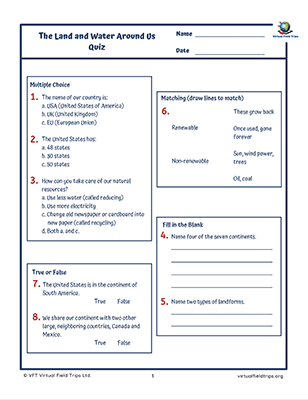



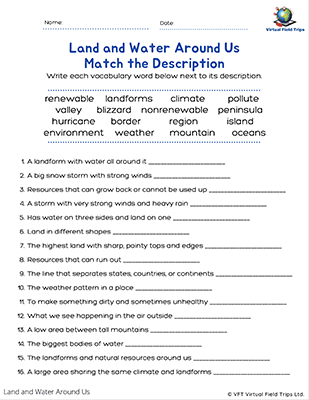

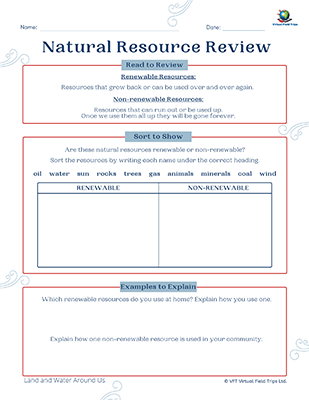

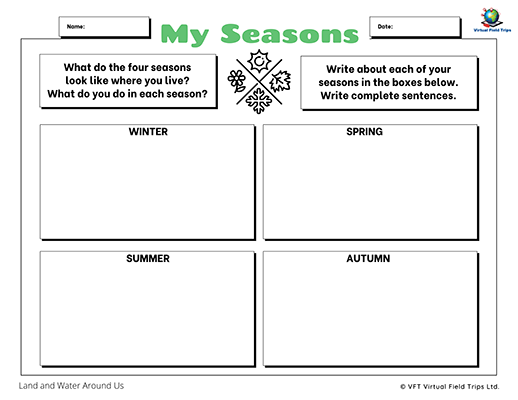

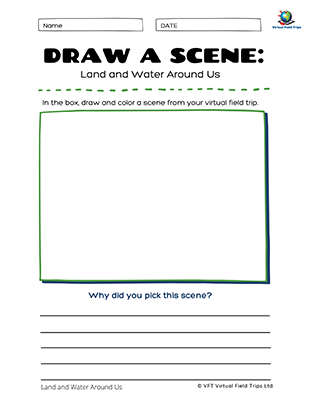

Classroom Ideas
Land and Water Around Us
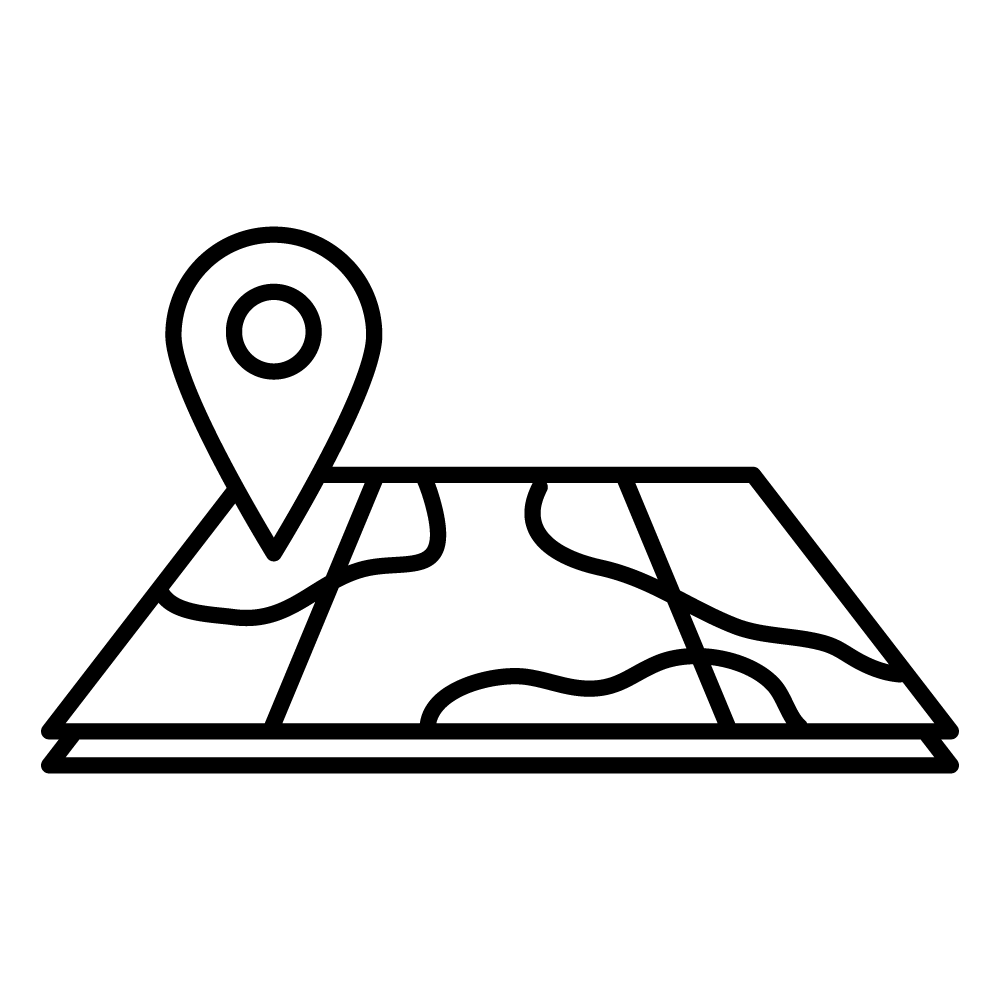
Landforms
Identify landforms and bodies of water around your community or your state.
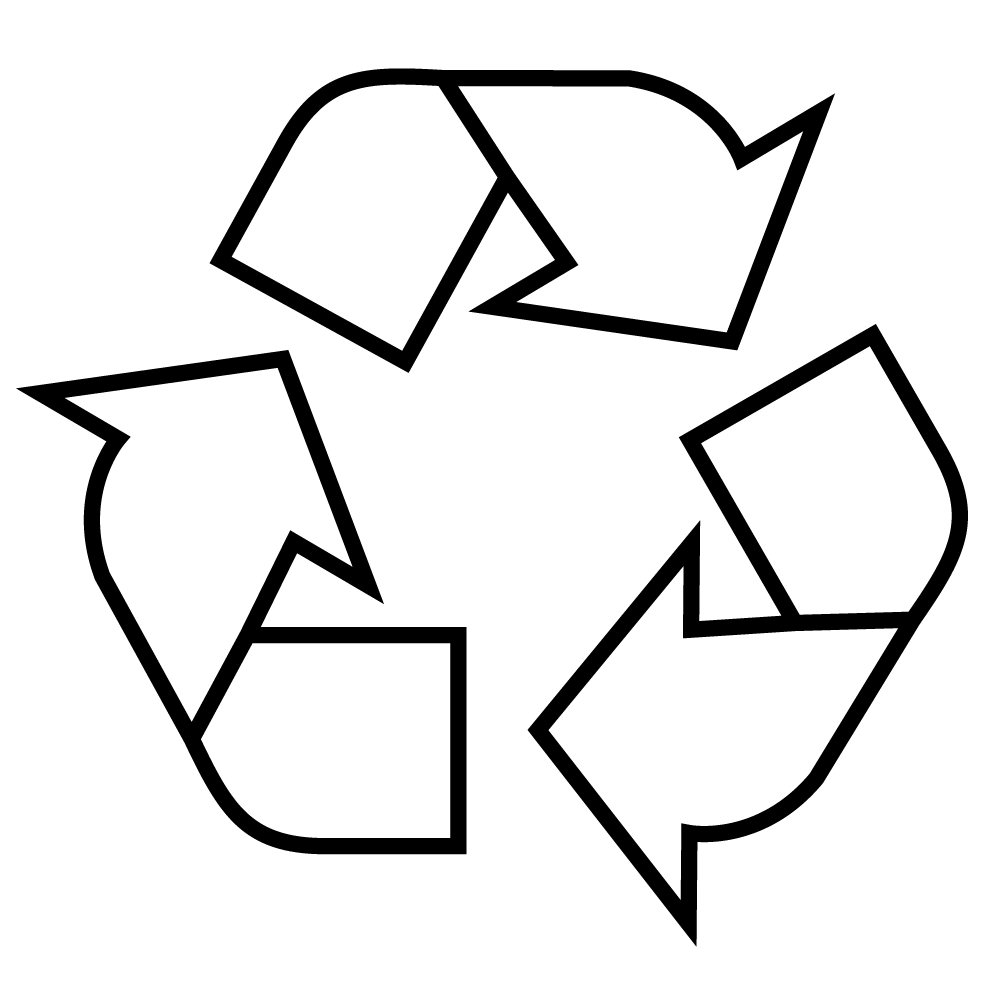
Local Waste Management
If possible, go visit your local metro waste authority to learn how they are helping preserve your town’s natural resources (if you can’t go to them, see if a representative can come to your classroom) or have students research their local waste management facility.
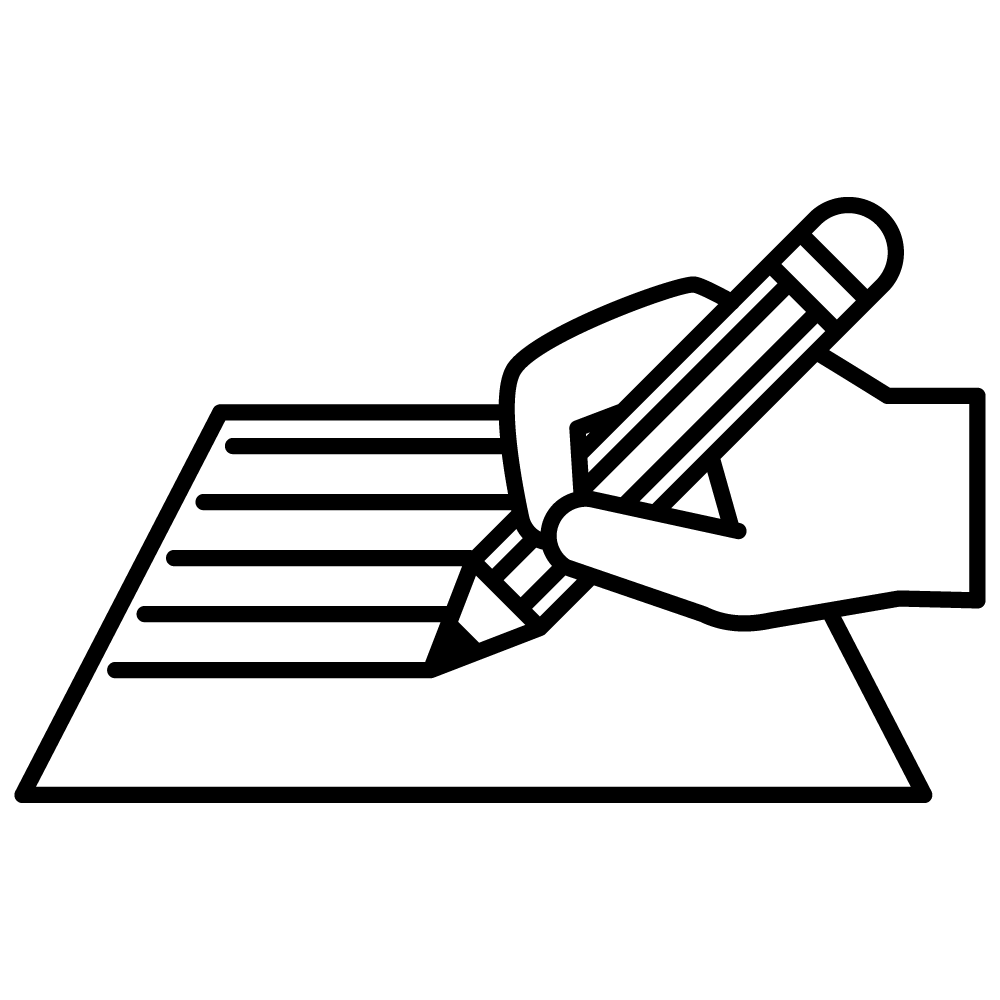
Cloze Practice
A cloze piece has full sentences used in the virtual field trip with blanks where students can write in the information that is missing. This task requires close listening to the trip in order to complete it.
Coral reefs are the _______ type of ecosystem in the world. They’ve been around for over _____ million years.
Answers: oldest; 240
Alternatively, you could have students create 5-10 cloze statements and they could share those with the class.
A third alternative is to distribute the cloze worksheets before watching the video. Students can fill them in as they watch.

Conservation
Prompt students to write about how people can conserve natural resources.

Art and Geography
Draw a picture of your community.
Draw a picture of the landforms in your state.
Draw a picture of the items you recycle at home.
Draw a picture of the natural resources in your community.

Visual Learning
Offer videos to struggling learners as another form of accessing information and creating knowledge.

Explore Vocabulary
Identify key vocabulary terms while previewing each video. Prompt students to find the meaning of each word as they watch the video. Example: What do the words ecosystem and nonrenewable mean? Think about the meaning of this word as you watch the video.
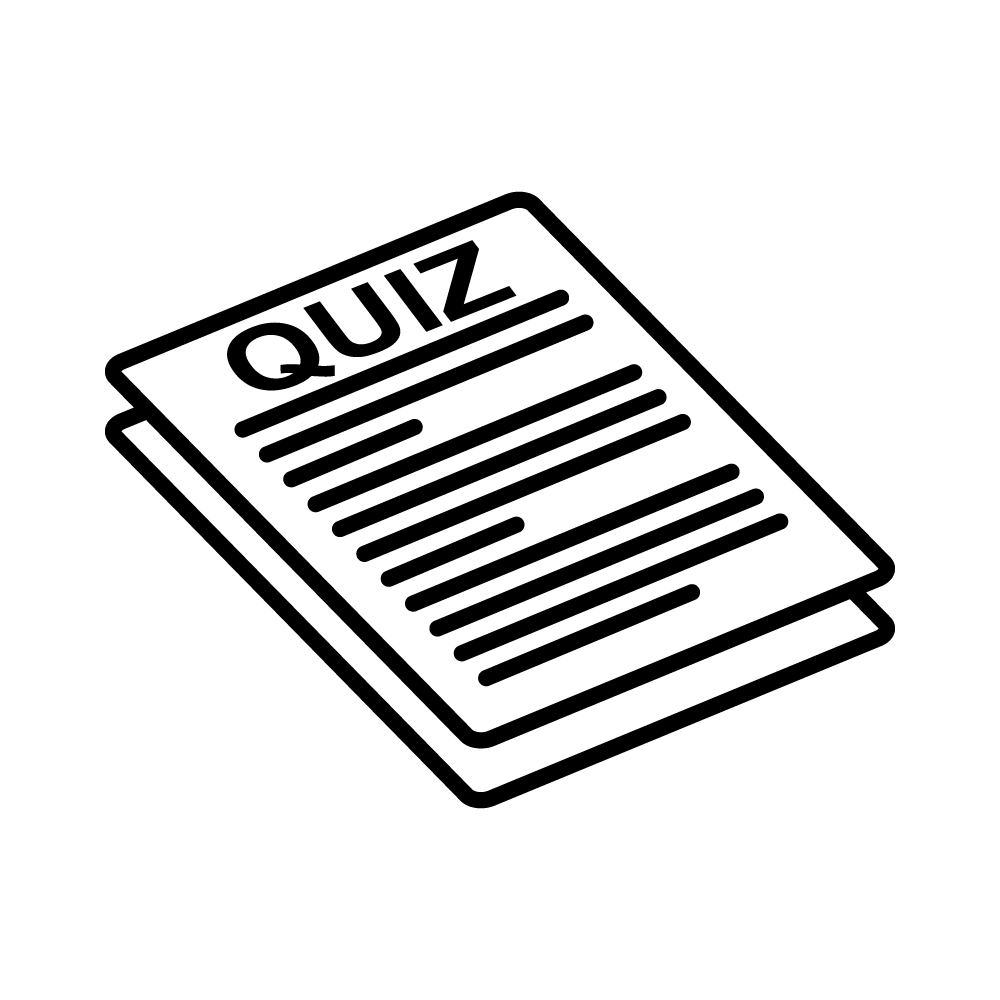
Create Quizzes
Students create a quiz based on the information presented for their peers. This can be used as a review for a test, or jigsaw class activity where students are responsible for teaching other students assigned topics.
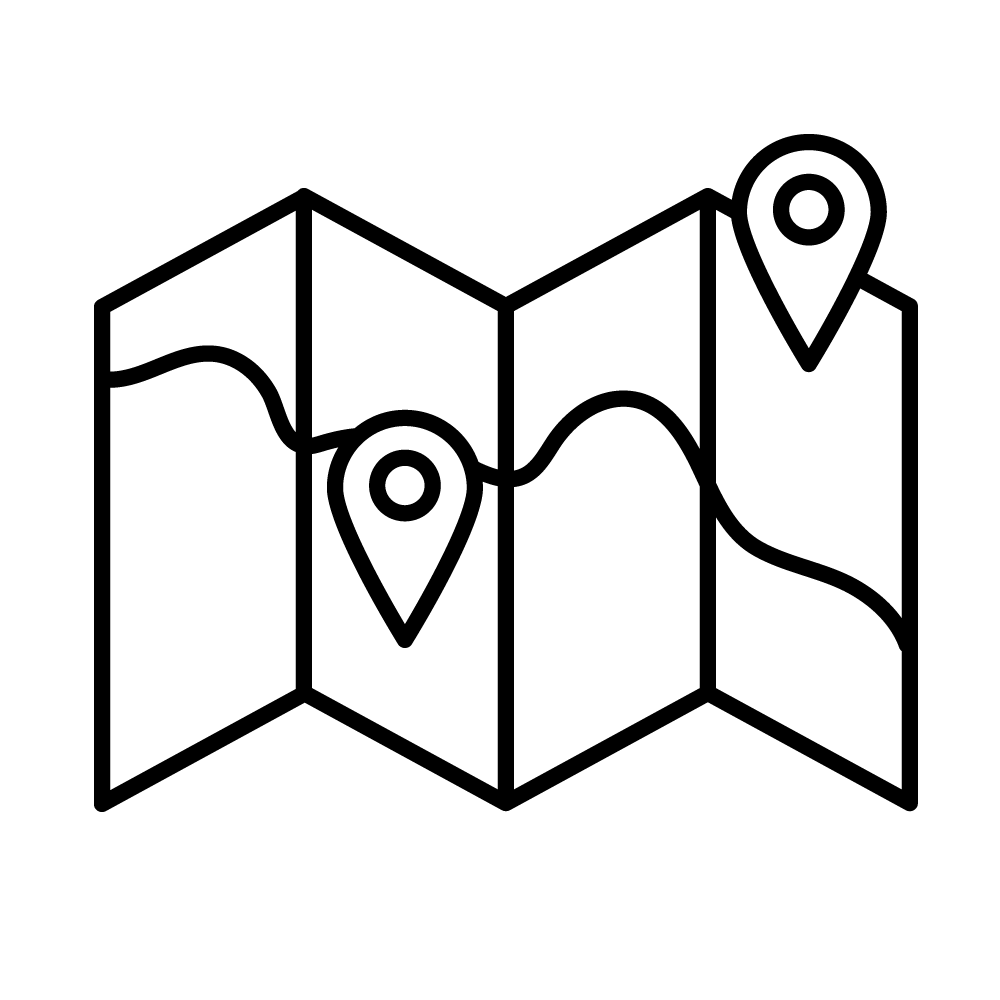
Mapping
Have students draw a map of their neighborhood and town with their home, school,

Writing Topics
Describe the community you live in. Does it have plains, hills, lakes, etc.
Write where you live, suburb, etc
What is the weather like where you live? Describe the weather.
What do the four seasons look like where you live?
What is your favorite type of weather and why?
What national resources are in or near where you live?
Why is it important to reduce, reuse and recycle?
How do you reduce, reuse and recycle at your home?
How do you reduce, reuse and recycle at school?

Repurposing
After talking about reducing, reusing, and recycling, bring in items from home (milk containers, plastic containers, newspapers, pop lids, etc. and tell students they have the class period to create something with those items provided (you can also allow them to use scissors, glue, markers, whatever you feel is appropriate for this task) and then the following day have them share with the class what they have created.
Classroom Ideas for ALL Videos
Here are dozens and dozens of ideas that you can use in your classroom along with our videos!
Topics Covered In This Video
The U.S. is made up of 50 states on the continent of North America
Neighbors on the continent are Canada & Mexico
Across the country are many landforms and bodies of water
The climate across the country also varies with extremes from deserts to blizzards
The landforms across the country are grouped into regions that are alike
Regions also have natural resources in common
Renewable/Nonrenewable resources
Examples & solutions
Videos in this Series
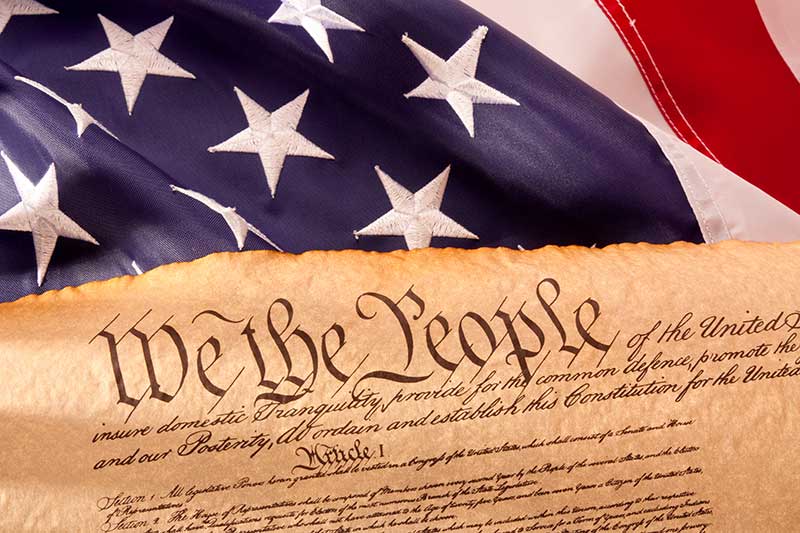
Grade 2 - Our Government At Work
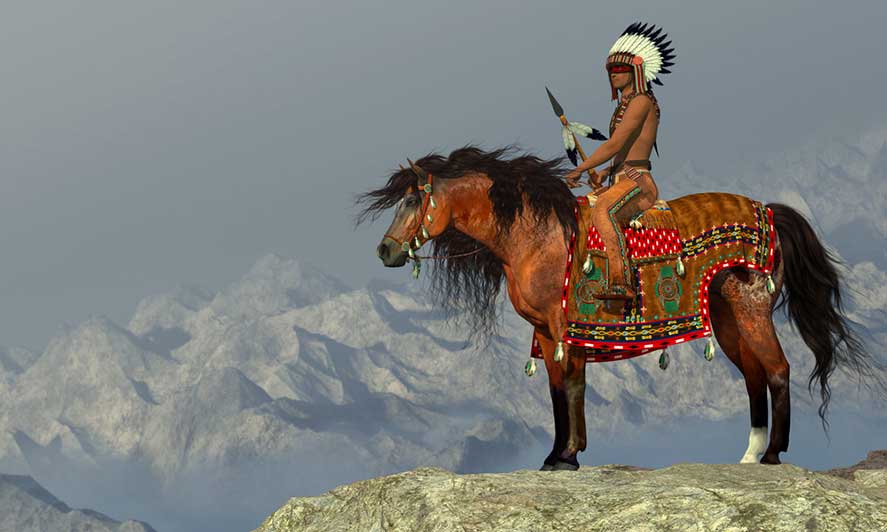
Grade 2 - Early Americans
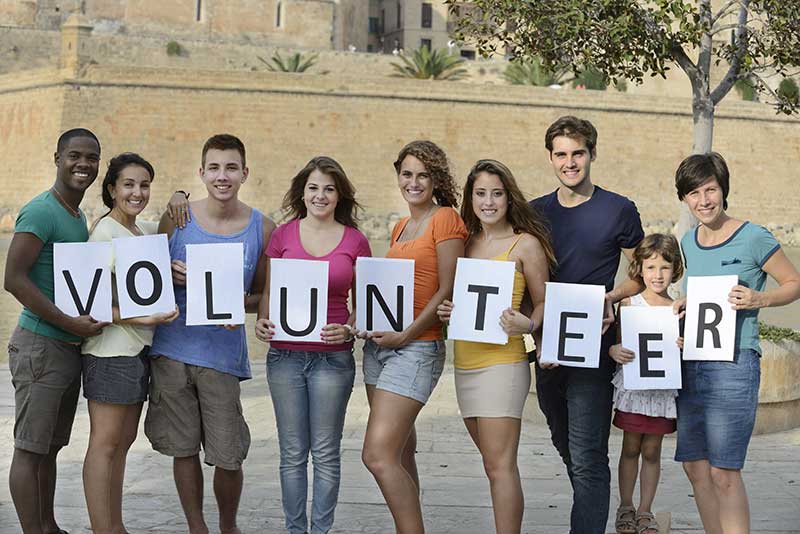
Grade 2 - Work and Money
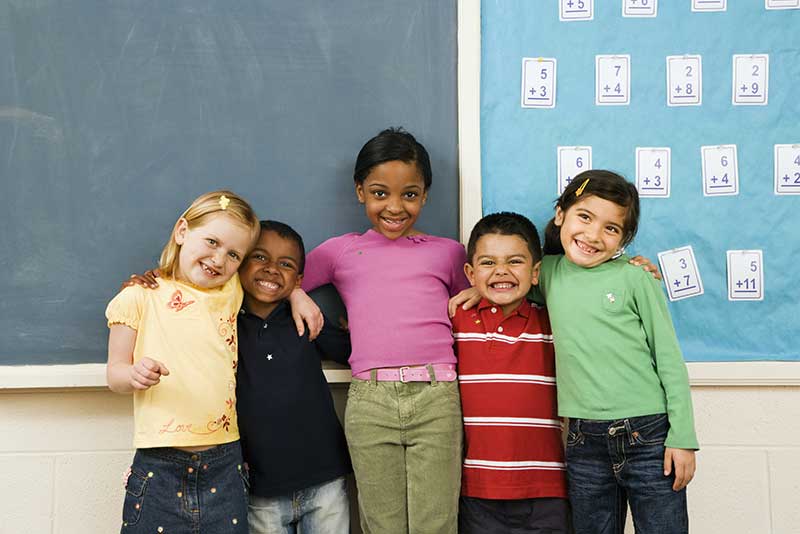
Grade 2 - Living Together
Related Videos
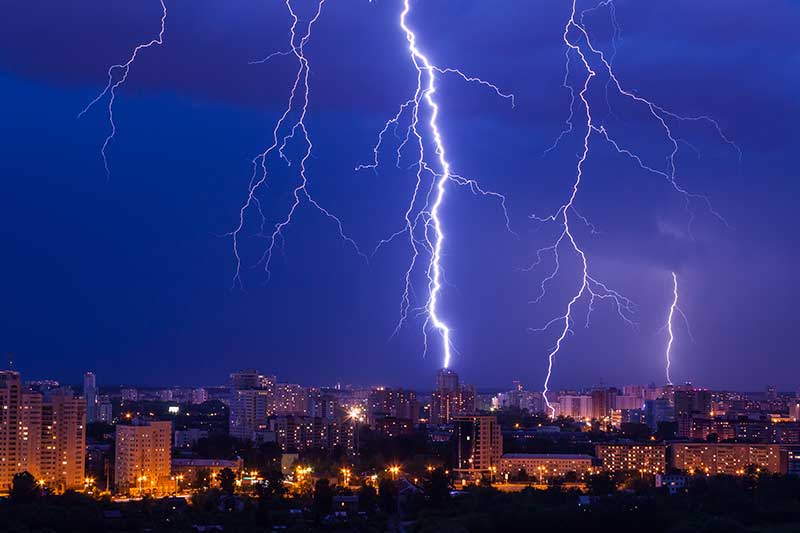
Grade1 - The Earth Around Us
